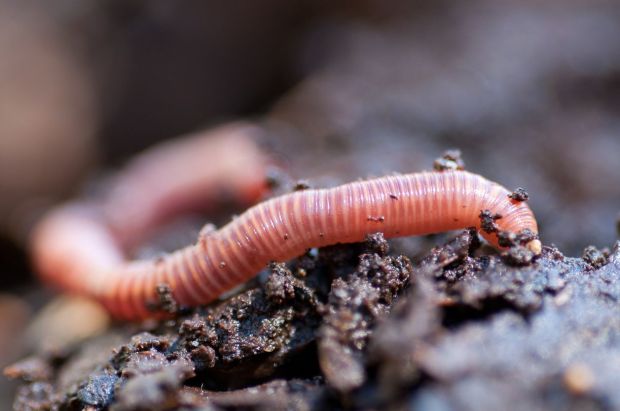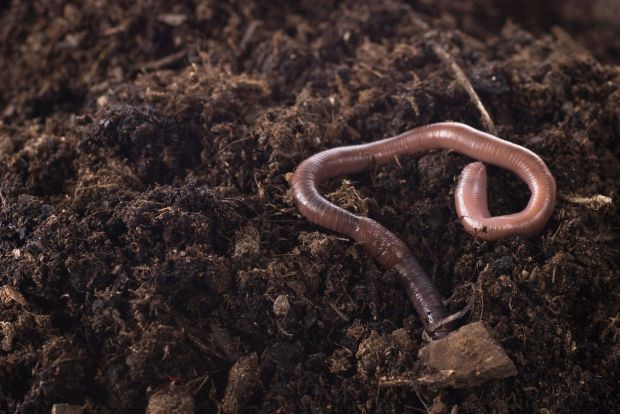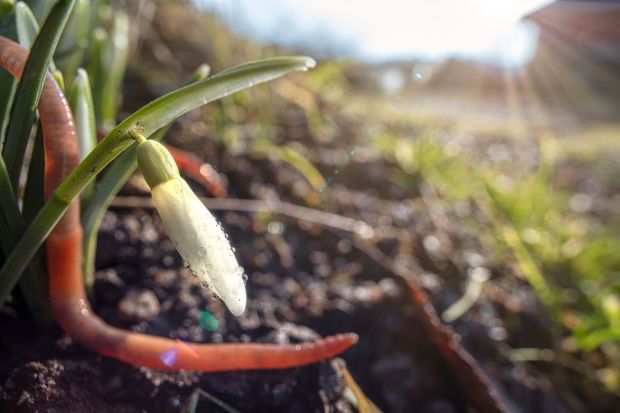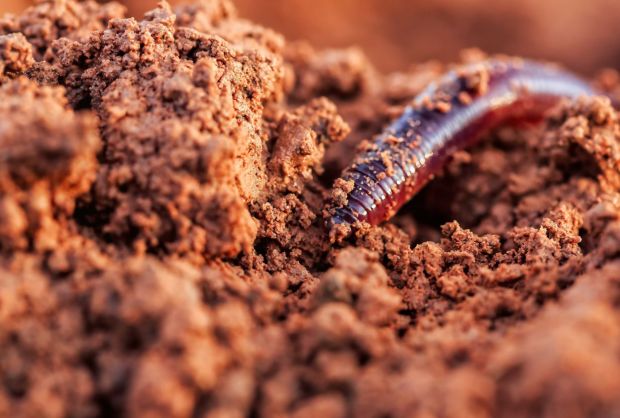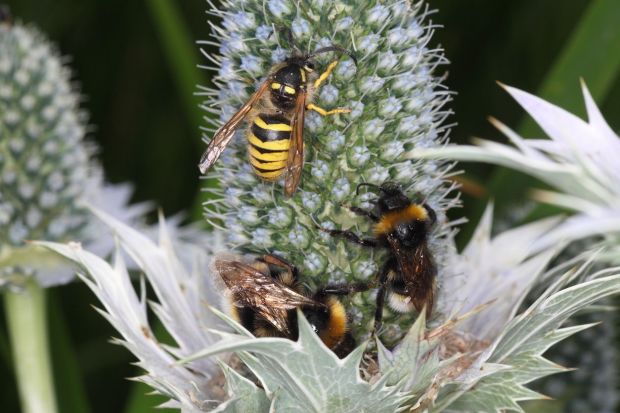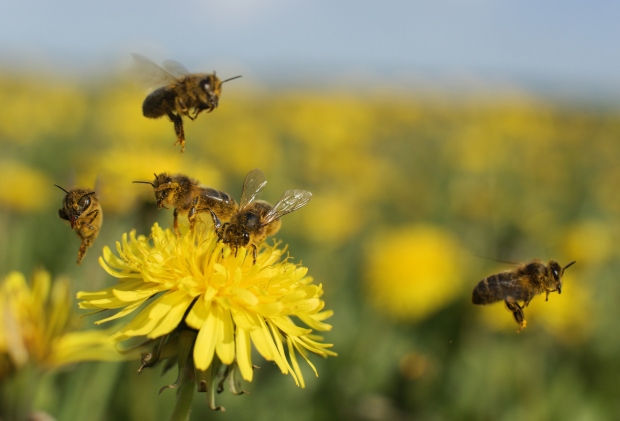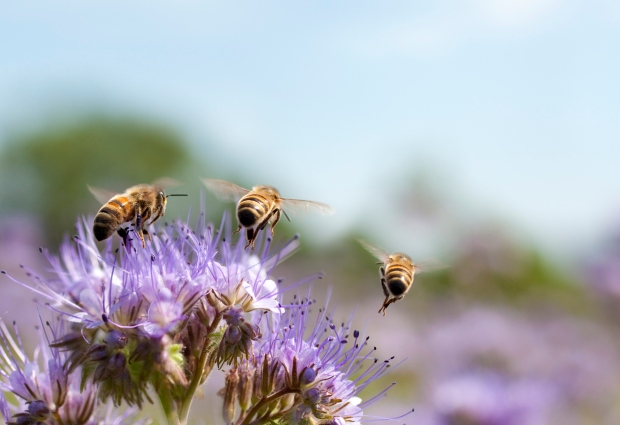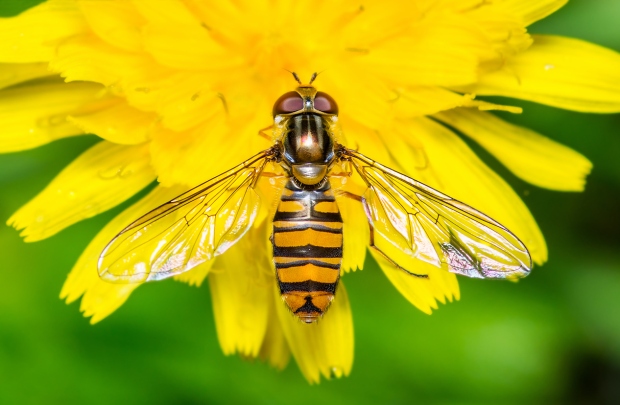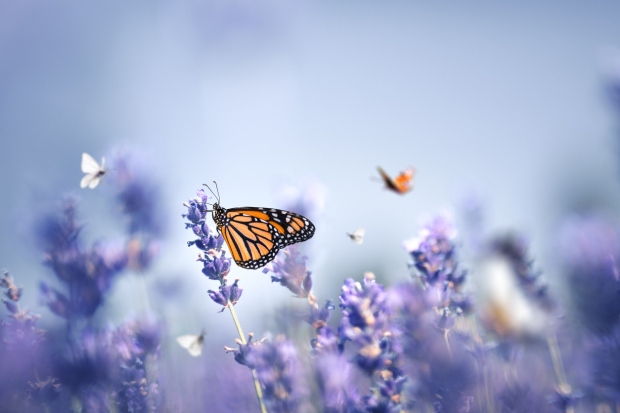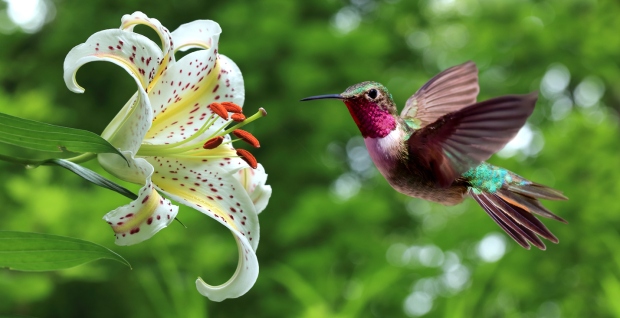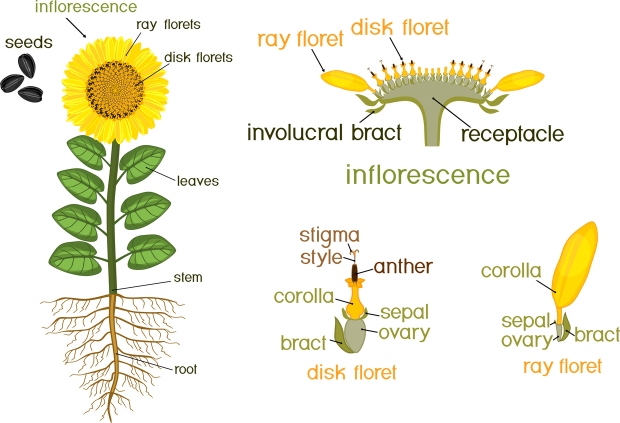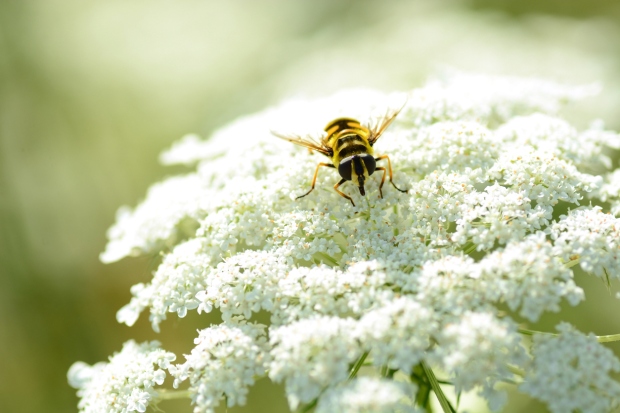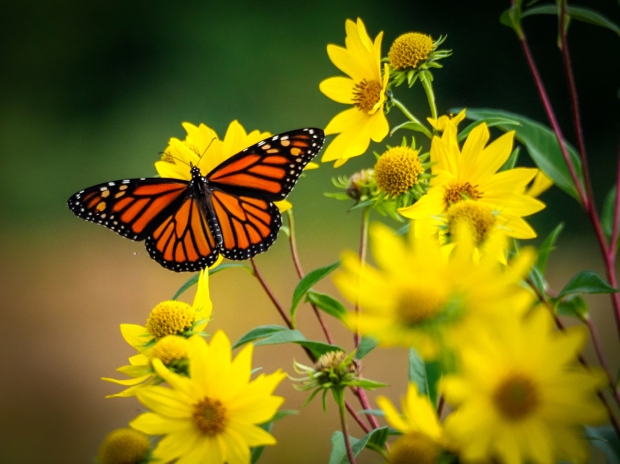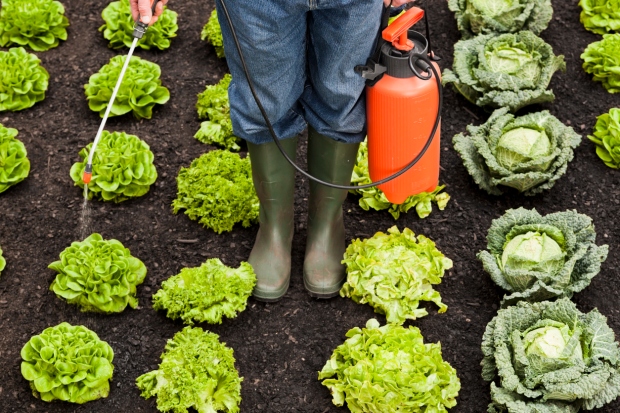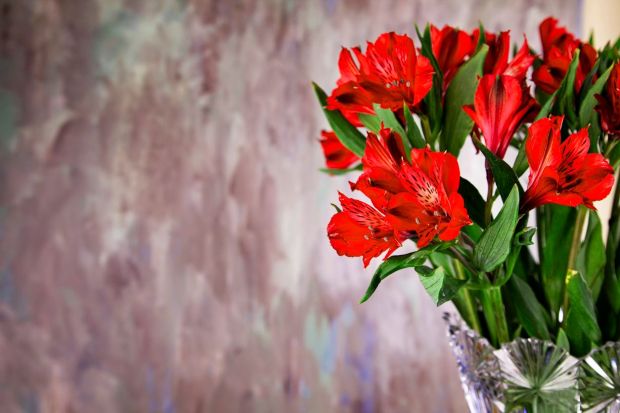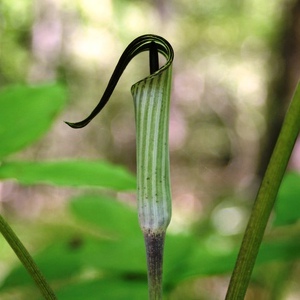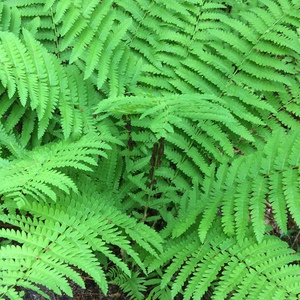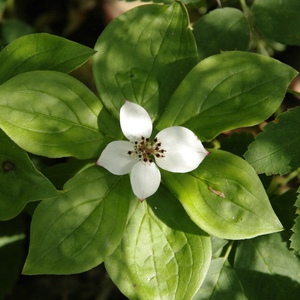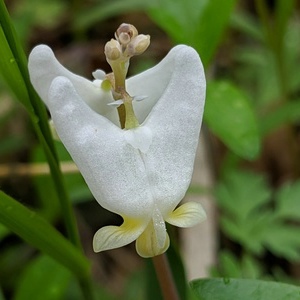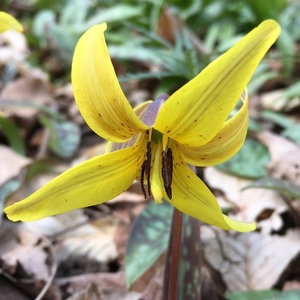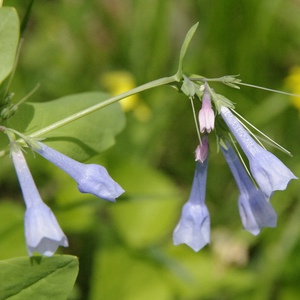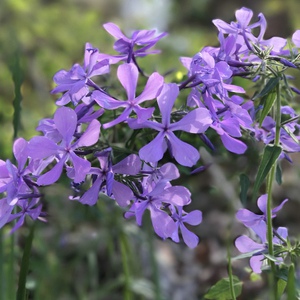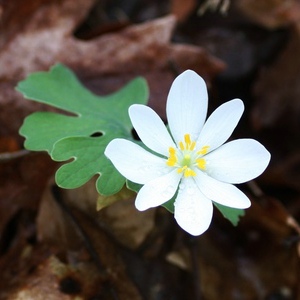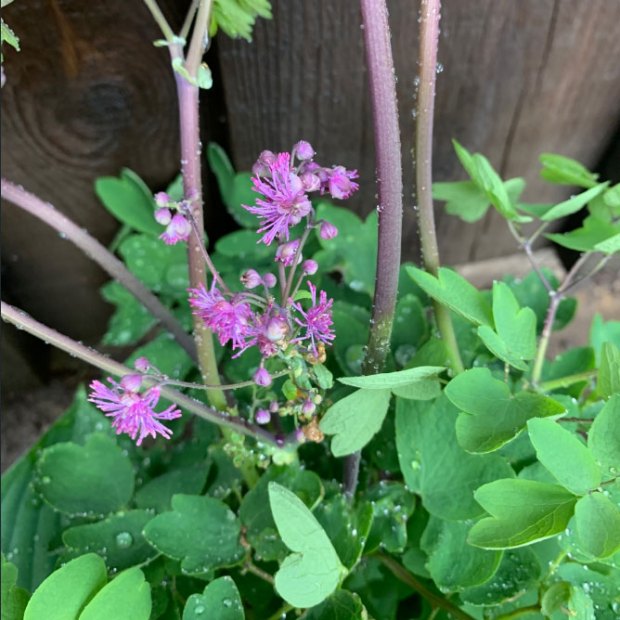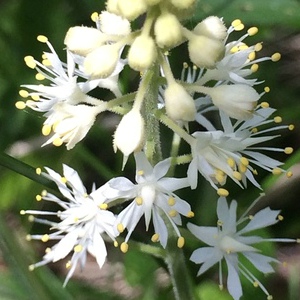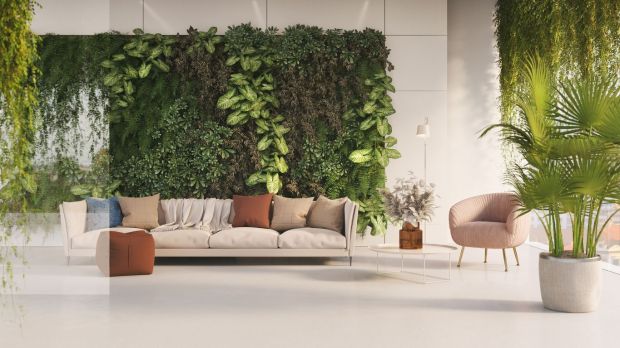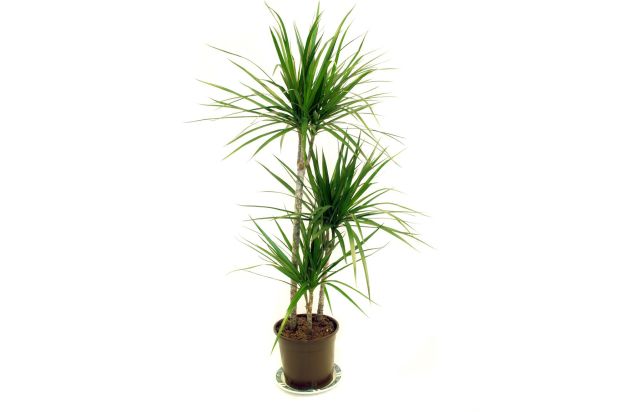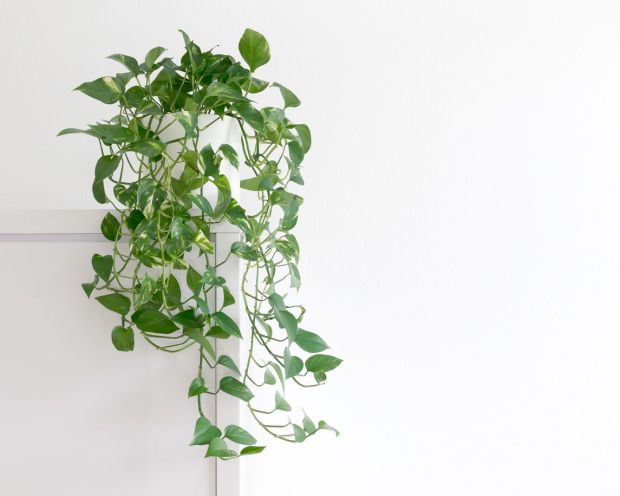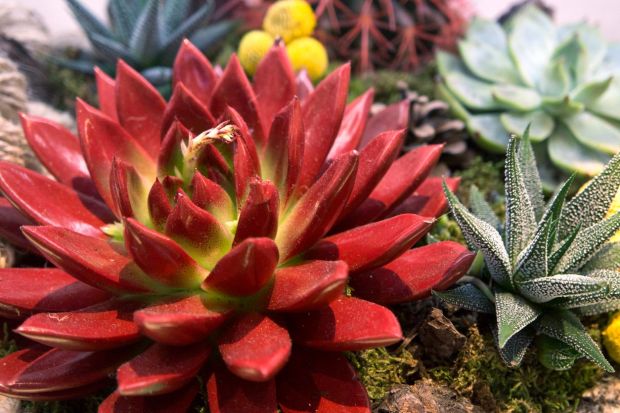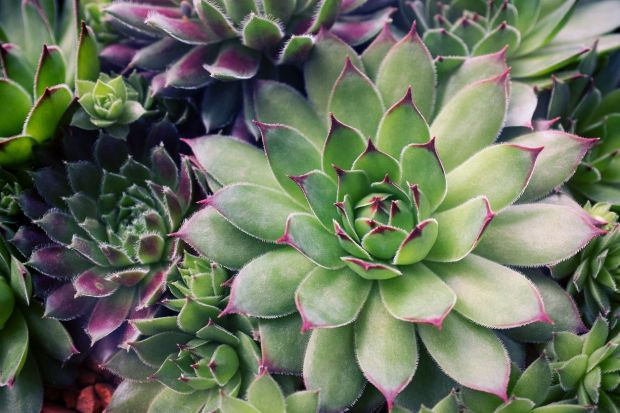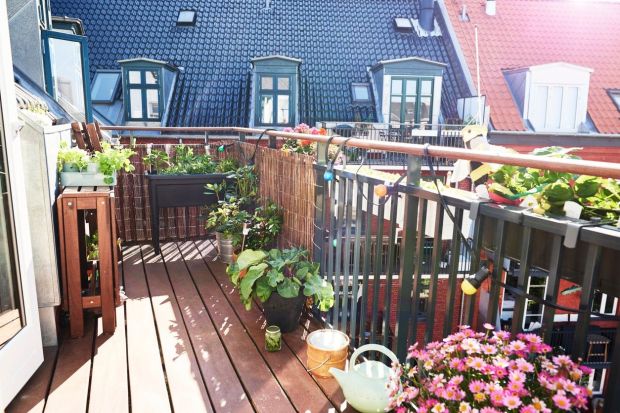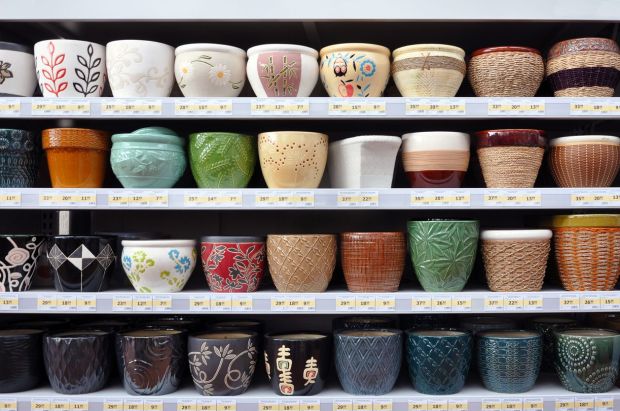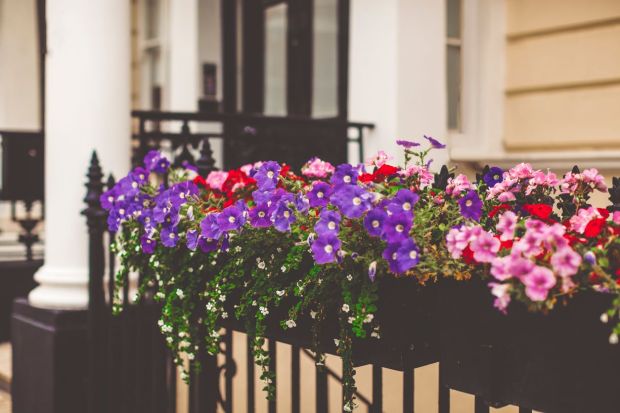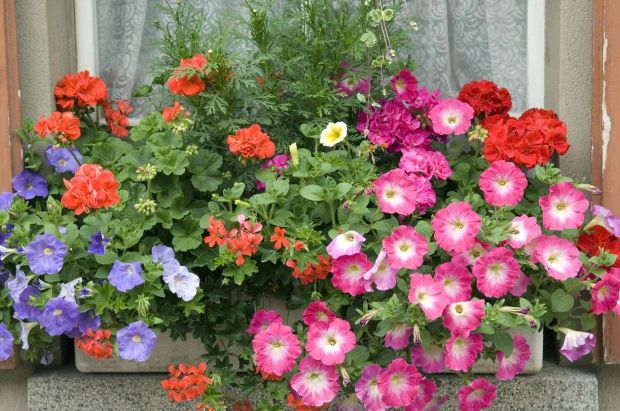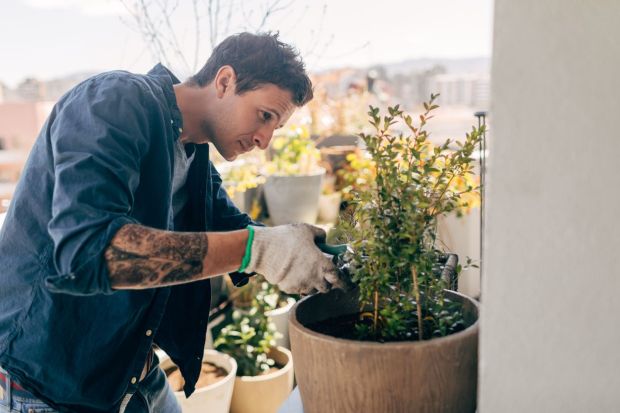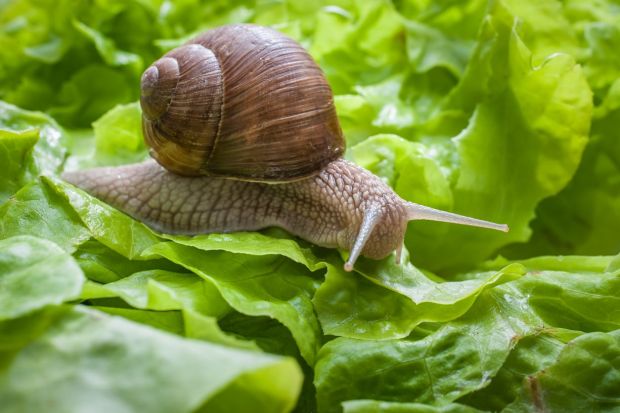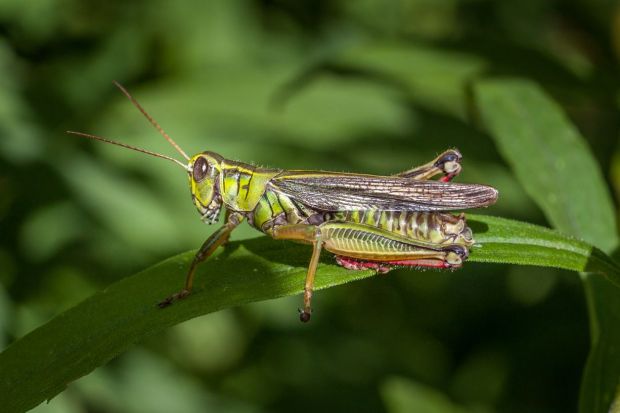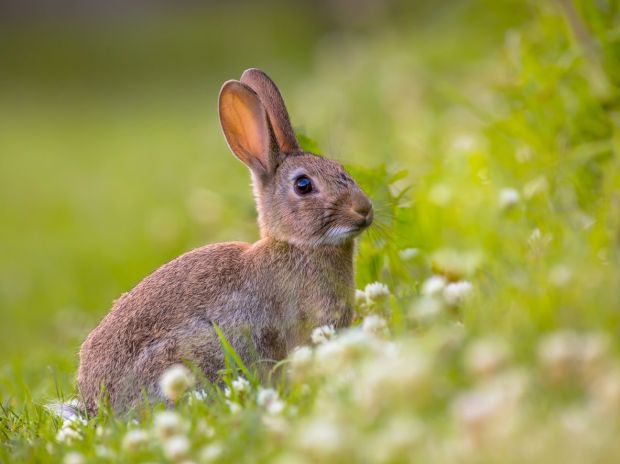How to Measure Your Garden to Create a Perfect Lawn Space
Creating a lawn space takes careful planning. In the early stages of the process, getting an accurate measurement of your future lawn space is one of your most important objectives. Fortunately, there are several reliable ways to measure the size and shape of your lawn.
A lush lawn space is a great place to play and relax in your garden. But healthy lawns only come about through a careful planning process. One of the most important aspects of that planning process is determining how large your lawn space will be. That is why we’ve created this guide to teach you how to measure your garden to create the perfect lawn space.
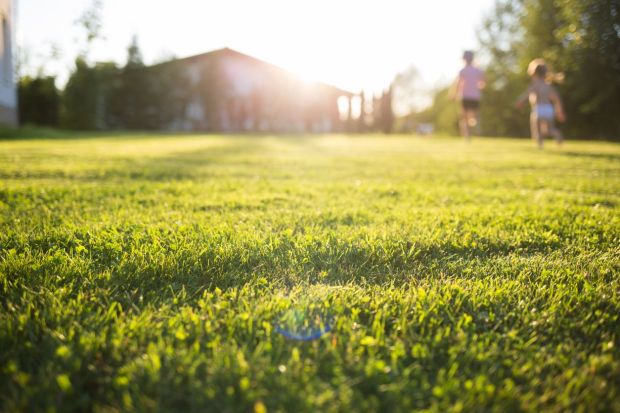
Find the Right Measuring Tool
Before you can calculate your lawn area, you’ll need a way to take accurate measurements. Below are three of the most common tools that gardeners use to measure their yards:
- Paces – This is the quickest but least accurate way to measure a lawn space. Simply walk along each dimension with even strides. Assume each stride is about three feet.
- Tape Measure – Using a tape measure will give you greater accuracy than paces. However, in most cases, you will need a partner to hold the other end of the tape while you take measurements.
- Measuring Wheel - A measuring wheel might be the best tool you can use when measuring an outdoor area. Measuring wheels will give you a quick, accurate measurement that you can take by yourself.
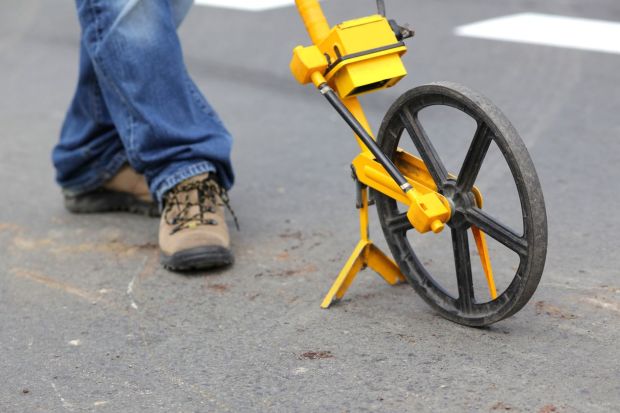
Measuring Regular Areas
The easiest areas to measure are those that are rectangular. All you will need to do is take the length and width of the area, then multiply those two figures.

There are a few other regular shapes that you should be prepared to measure as a part of your lawn. While rectangles may be the most common, you may encounter triangles and circles as well. Thankfully, finding the areas of those shapes is also straightforward.

For a circular lawn area, measure the radius. Then square that number and multiply the product by pi. For a triangle, multiply the base by the height. Then divide that number by two to find the area. At times, a garden space may consist of multiple regular shapes that connect to one another. In that instance, measure each shape individually and add their areas together at the end.

Measuring Irregular Areas
Measuring an irregular lawn area is a far more difficult task, which will require you to make some approximations. To help you with this task, we recommend that you use a pencil and graph paper to create a bird’s-eye-view drawing of your garden.

Use the gridlines to make sure your drawing is at an accurate scale. For example, you could imagine that one square on the graph paper represents one square foot of actual garden space. Alter this scale as you see fit based on the size of your lawn.

Next, you will need to sketch your garden in its current state. Remember, your drawing does not need to be aesthetically pleasing. Instead, it will serve a functional role in helping you determine the size of your lawn. After establishing the existing features, draw your desired lawn area. The next step will be easier if you shade in this lawn space.
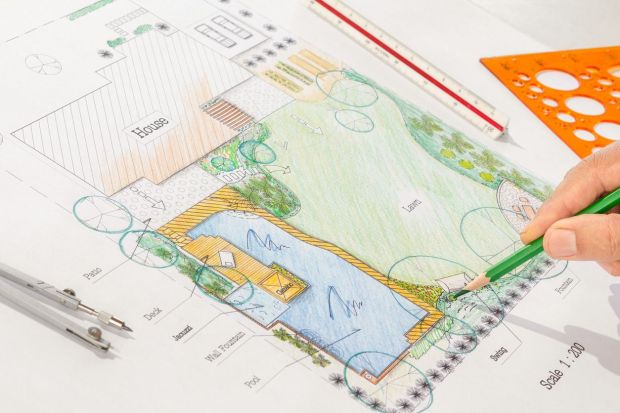
After shading the lawn on your drawing, count how many squares the lawn fills completely. Use your scale factor to calculate that rectangular area. Then look at the squares that the lawn covers only partly. Evaluate these squares one at a time and estimate the percentage of each square that the lawn covers. Use your scale factor and that percentage to approximate the lawn space area for that square. Complete that process for every partly filled square and add each area to your total.
Once you have your total, you are ready to purchase sod. Our final tip here is to ere on the side of buying slightly more than you need rather than slightly less. After all, it is better to have a full lawn space with some leftover sod than it is to have an incomplete lawn. With that in mind, you are now well on your way to adding a pleasant grassy area to your garden.

